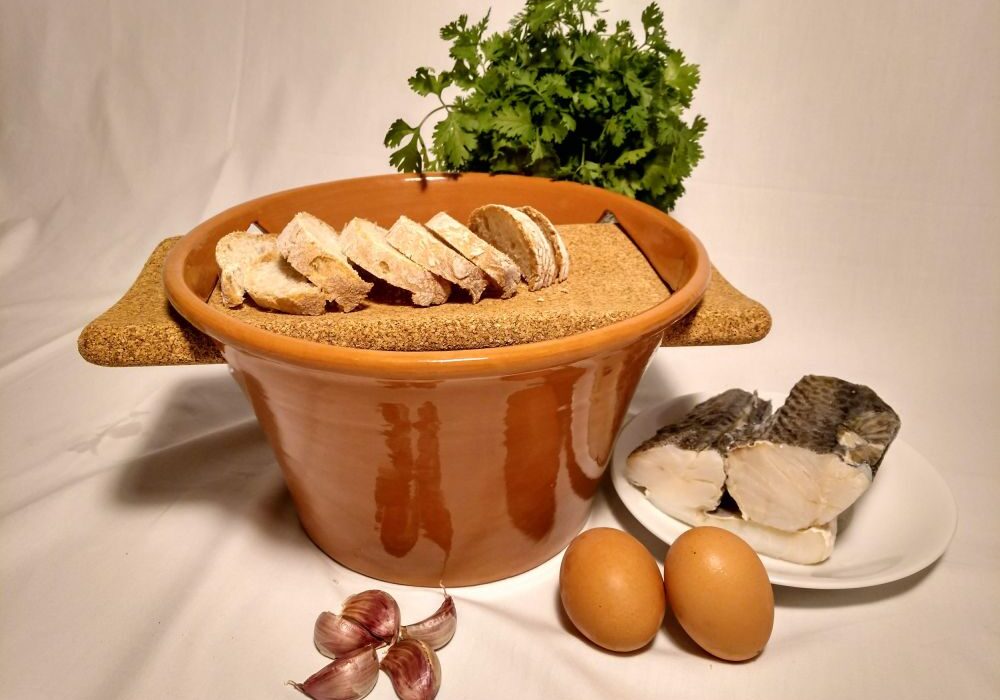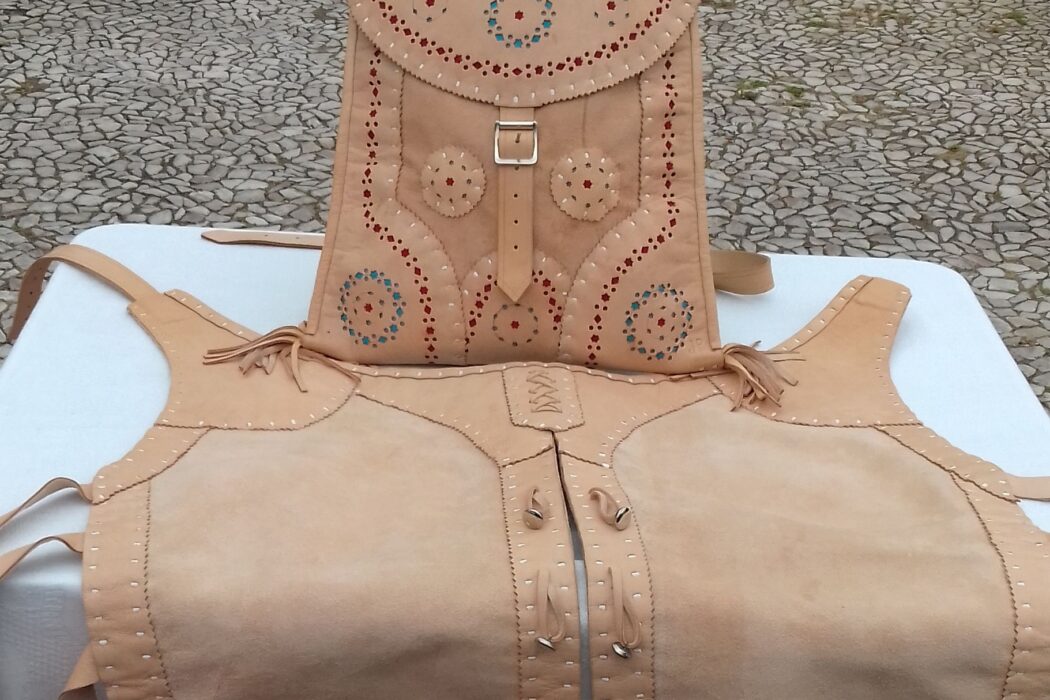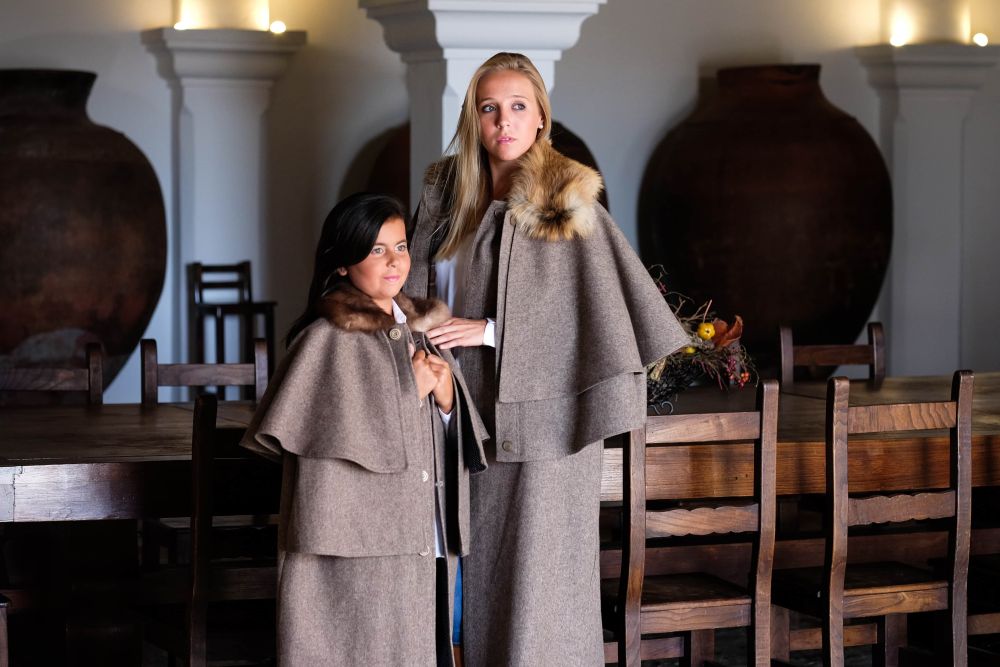
The artisan portrays in the traditional pottery pieces spontaneous elements of the Alentejo countryside creating unique pieces....
Meet this craftsmanÉvora, a historic city in the heart of the Alentejo, is heir to a rich and vast cultural heritage built and preserved over time, classified as a UNESCO World Heritage...Read more
...Site in 1986. Founded by the Roman people and called Ebora Liberalitas Iulia, the city located south of the river Tagus, was the stronghold that founded the formation of the new kingdom of Portugal during the peninsular Christian reconquest of the XII century. Several kings here established their court, particularly during the period of maritime discoveries. The historical and artistic heritage that is preserved today resulted, in good measure, from this long permanence of the court. In addition to this unique heritage in the country, the region around Évora has much more to offer. This is the case of the unique megalithic archeological landscape, one of the oldest and most monumental in Europe, of which the Almendres megalithic site is the maximum exponent. In Alentejo, artisanal creations reflect a close and secular relationship between people, the landscape, the climate, the raw material, the uses and customs. The Alentejano uses the material that nature offers to make his pieces: wood, cork, clay, marble, wicker, wool, leather, among others. In Évora, we can find several pieces of traditional handicrafts, highlighting naturally Alentejo typical furniture, objects made of cork, leather and traditional clothing, elaborated through traditional techniques, that have been passed down from generation to generation, being appreciated by countless visitors. Évora also offers urban handicraft products made by the hands of young designers, who seek to reinvent and promote new products, associating traditional techniques with a new design and conception. In the context of arts and crafts, we highlight in this project those that are closely linked to the conservation of material and immaterial heritage, the know-how of restoration workshops, carpenters, the art of cobbled streets or whitewash with lime, among many others, reinforcing their important role in the conservation, repair and restoration of the heritage of Évora.

The artisan portrays in the traditional pottery pieces spontaneous elements of the Alentejo countryside creating unique pieces....
Meet this craftsman
It is a design brand that intends to redesign regional handicrafts and that arises from the combination...
Meet this craftsman
Painting and restoration of traditional Alentejo furniture and manufacture of wooden toys with typical Alentejo painting ...
Meet this craftsman
A modern lighting design that combines traditional craftsmanship tecniques with contemporary design...
Meet this craftsman
Inspired by the shepherd-craftsmen of alentejo, the artisan produces wooden utensils according to principles and techniques of...
Meet this craftsman
Production of traditional backpacks and leather clothes of Alentejo shepherds used in the work of the field...
Meet this craftsman
Craft workshop dedicated to the architectural heritage where wood is worked...
Meet this craftsman
With a strong cultural identity, the capote and the samarra are characteristic of the Alentejo region...
Meet this craftsman